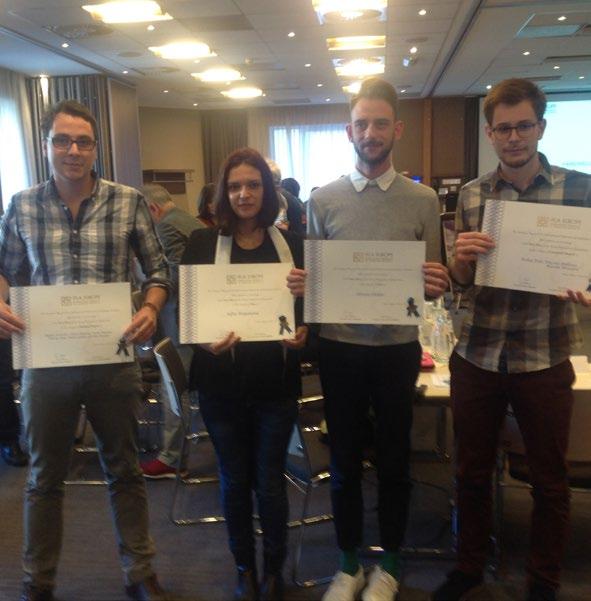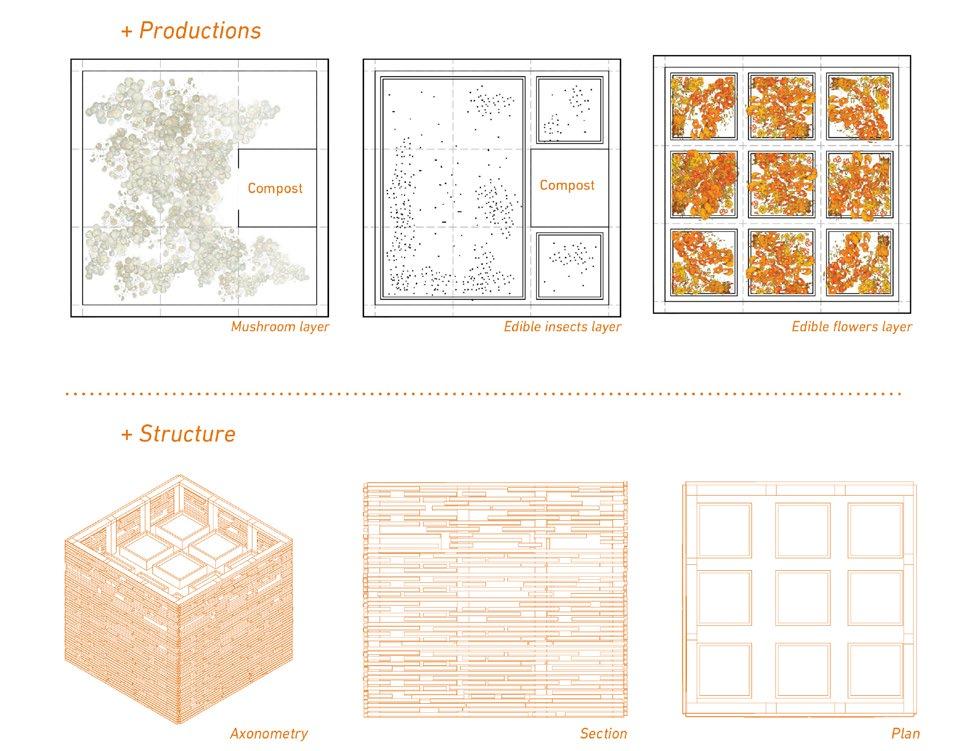
2 minute read
General comments
On the topic of this year’s competition theme ‘Futurescapes – re-thinking the urban landscape’ we were impressed and inspired by a range of varied approaches and ideas. Some projects were inspired by water treatment, urban living, reclamation of derelict land, green infrastructure or flood protection. Others reflected on the effects of global warming, geometry, heritage, renewable energy and bird rehabilitation, to name a few. It was clear that the idea of ‘Futurescapes’ holds many different meanings for individuals and there were varied interpretations of what this topic personally means to them.
The urban theme gave a more directed focus on not just natural landscapes but urban infrastructure. We noticed therefore that a lot of entries were about the redevelopment of our cities. Our changing urban environment and development is a crucial current topic to address. As the population swells, urban areas are growing rapidly which leads to more concentrated issues. It is crucial that we, as landscape architects, address this as good design and problem-solving can dramatically improve living quality.
Advertisement
‘Futurescapes’ brings with it the idea of sustainability. Some entries wanted to create sustainability through socially activating spaces for people to bring them to life (neighbourhood renovations, revitalising open public spaces etc), some preferred to tackle these issues through targeted environmental changes (bioremediation, water infrastructure etc) and others through the idea of ‘heritage’ where moving to the future involves reference from the past in order to create a unique sense of place. We found that a key component in a lot of projects was the idea of adaptability/flexibility. We also noticed that there were both projects inspired by the topic to design in order to futureproof the landscape and others which worked around fixing problems of the past.
The projects ranged from large parks and city developments to small spaces with a big impact on local people. It was an exciting reminder of how varied our profession can be over a broad range of scales. Besides the differences in topics and approaches but also scale, size, level of detail and development made it extremely difficult to compare such diverse projects. In particular, with Category C, some entries were entirely conceptual ideas at the tip of the iceberg and others gave great detail and scientific depth in their theory without developing this enough. Overall the jury really valued the entries which managed to find a balance and explore conceptually creative ideas, which were backed up with sound technical detail and grounding in theory.
The judges thoroughly enjoyed reviewing the projects and appreciate the huge effort and work contributed by the students and young professionals involved. We hope that you were all as inspired and excited by the work as much as we were!


Youth competition winners during the award ceremony at the last IFLA EU General Assembly in Brussels









